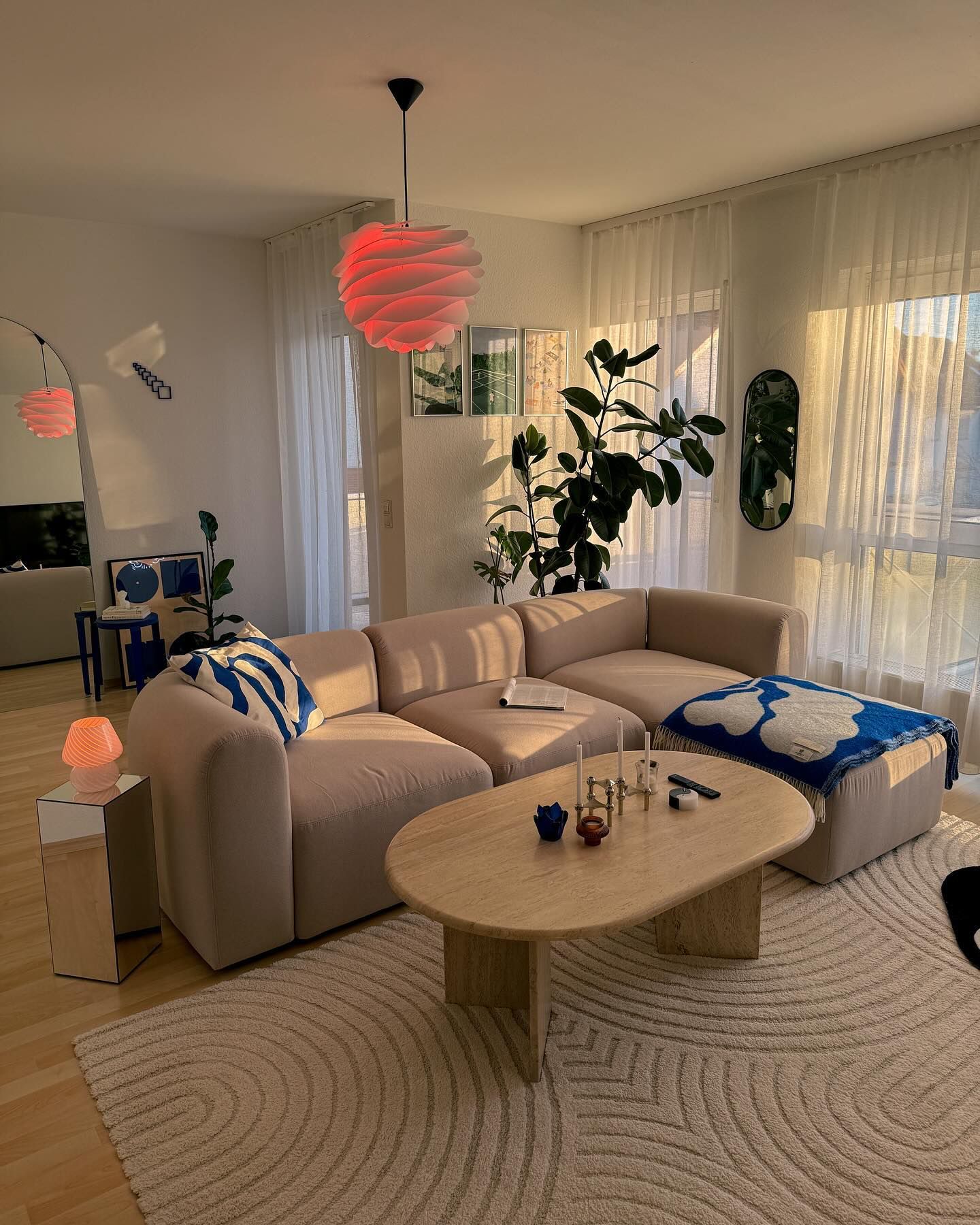PRiSM housing design app: transforming residential design
Let’s use the uncertainty to fuel a change in our processes and find a better way of doing things.
We’ve found that most clients want a certain level of standardisation.The Department for Education knows exactly what the best performing teaching space looks like.

Most residential developers have a pattern book of apartments, which are best suited for their needs.They don’t want to design from scratch each time.Standardisation makes future maintenance easier.

Where clients want the variability and flexibility is in the massing of the building, the articulation of the material choice and facade design.. We worked very hard with clients in the early stages to make sure that the construction Platforms we developed have enough variability in the areas which will facilitate maximum benefit.We want to have a Design to Value process which achieves exactly what is desired..

Tier 1 and the supply chain.
Another benefit we see from DfMA construction is the evolution of a more direct relationship between the customer and their supply chain partners, cutting down on transactional costs and eliminating a lot of inefficiency.If COVID has taught us anything, it’s that workplaces and homes both need to be flexible to account for changing work patterns.
It’s a balancing act to make sure a building can be adaptable without over-designing the structure, architecture and MEP.But when we build smarter we can do this.
Repeatable building modules which can be switched in and out depending on requirements, such as glazing vs solid cladding modules, or heating vs heating and cooling fan coil unit modules, are simple features which may prevent a building from being torn down mid-way through its life expectancy.Through a small number of new parts, the building has a whole new lifespan, limiting its embodied carbon when compared with the alternative of a new build.. Building less volume reduces costs, embodied carbon and operational carbon.




